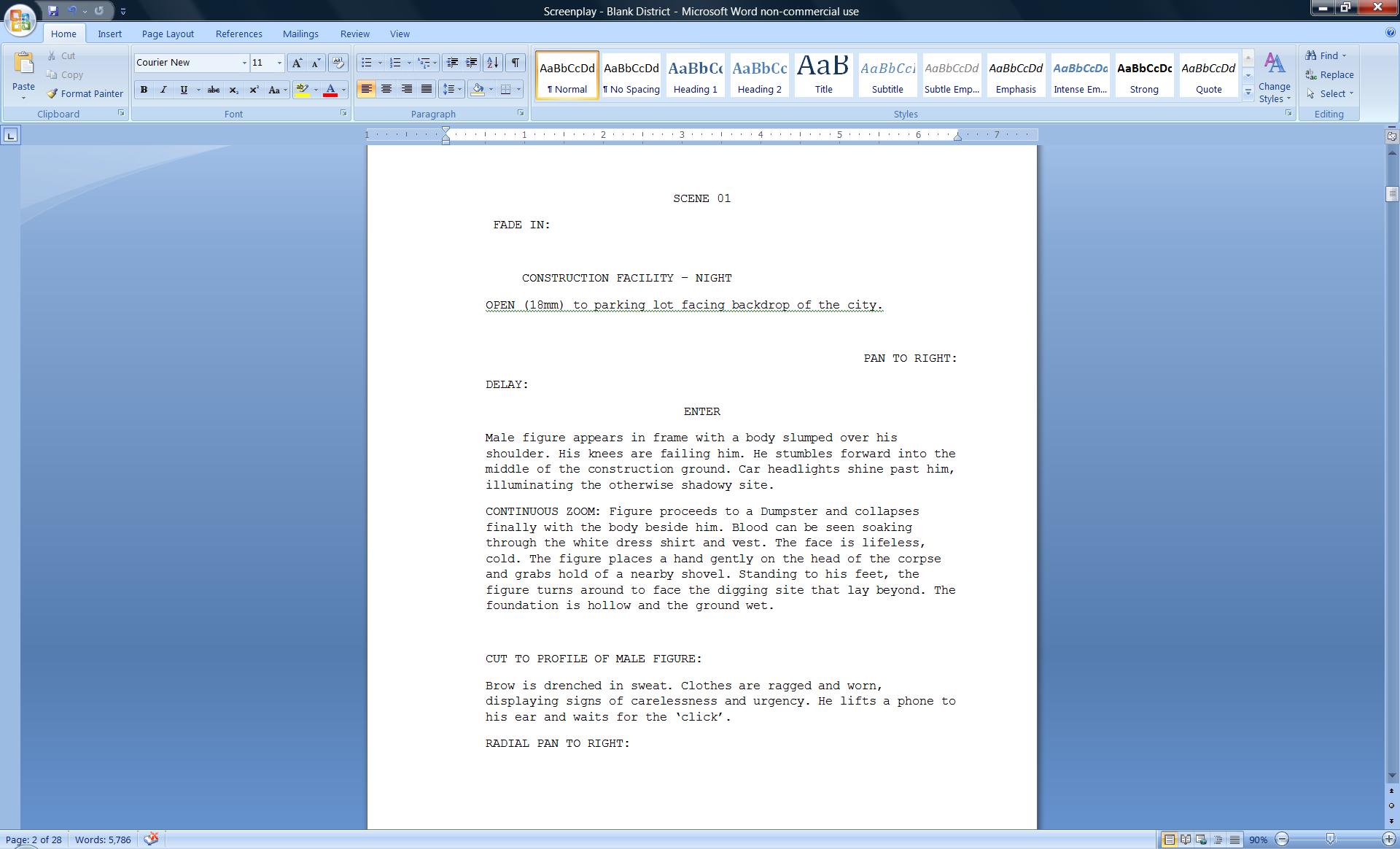I have downloaded celtx software, but don't know what the sections are for exactly? Like action, shot, parenthetical, transition, ..
My text is below:
the beginning scene
it is spain's old time, the cloths, an Attractive man,
The film starts w/ a robbery scene. The cart passes. It divergences and carriage/cart collides the left side's trees leaves are fallen on the street. It can show the wheel of cart. Then the photo of the robber with mask on his eyes are shown and he sees back and smiles. Then, the back an old worker man is shown who shouts while has a big hat is in his hand and stops and cycles and breathes. the scene goes to a big home: Spain 1496.
voice of scene:
voice of cart & the crow are back voice
robber: ooooooooooh, oooooohh
old man: damn it
My text is below:
the beginning scene
it is spain's old time, the cloths, an Attractive man,
The film starts w/ a robbery scene. The cart passes. It divergences and carriage/cart collides the left side's trees leaves are fallen on the street. It can show the wheel of cart. Then the photo of the robber with mask on his eyes are shown and he sees back and smiles. Then, the back an old worker man is shown who shouts while has a big hat is in his hand and stops and cycles and breathes. the scene goes to a big home: Spain 1496.
voice of scene:
voice of cart & the crow are back voice
robber: ooooooooooh, oooooohh
old man: damn it




